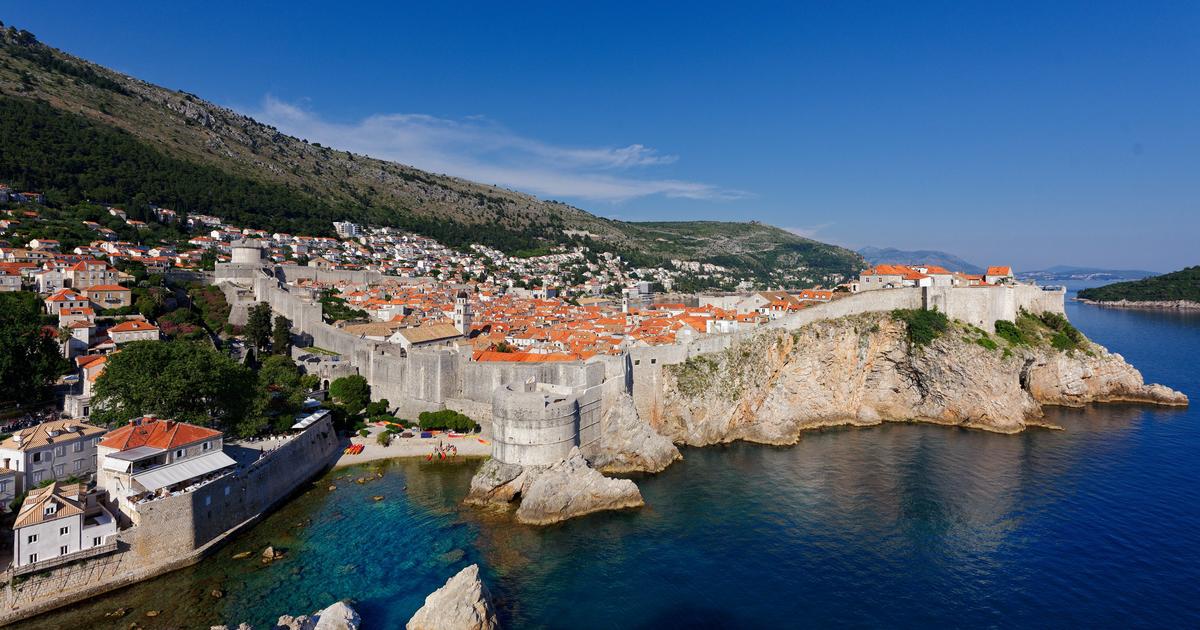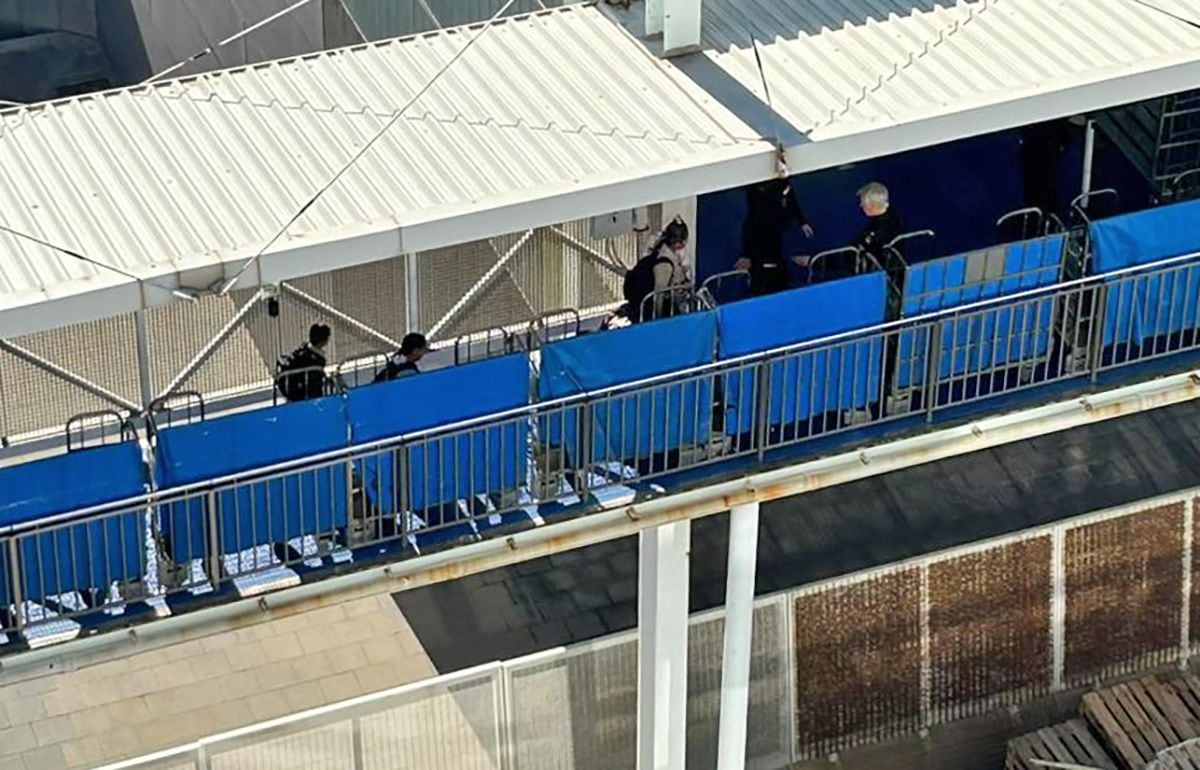Its beaches and crystal clear waters have made it famous.
Crossroads between the Balkans and Europe, Croatia never ceases to amaze with its natural and cultural beauties.
However, before accessing it, you have to be patient.
Long queues at the borders often make the journey to vacation cumbersome.
But this will soon be a thing of the past.
On December 8, the Member States of the European Union approved Croatia's accession to the Schengen area.
The country, a member of the European Union since 2013, will officially enter it from January 1, 2023. With a direct consequence: the disappearance of queues of vehicles at its borders with Slovenia and Hungary since there will no longer need to show their identity card or passport at checkpoints with other Schengen members.
Airport controls will be lifted from March 26, 2023. Enough to meet the primary objective of this membership: to encourage tourism in a country which welcomed 20.7 million tourists in 2019 but only 13.8 million in 2021.
Read alsoThe ten most beautiful places to visit in Croatia
Yes, we can pay in euros
In addition, Croatia will join the euro zone from January.
A major change for tourists, who will no longer have to change between the euro and the kuna, the Croatian currency (one euro is equivalent to approximately 7.5 HRK).
Until now, if it was possible to pay in euros in certain tourist places, a surcharge could apply.
But what will the Croatian version of the European currency look like?
In February, the country's national bank unveiled the designs for the future coins.
Those of 2 euros will be engraved with a map of the country while those of 50, 20 and 10 cents will feature a portrait of the scientist Nikola Tesla.
Despite Croatia's unfeigned impatience, some fears remain about this single currency.
As specified in a study conducted between March and April 2022, 87% of the Croatian population believe that the switch to the euro will cause prices to rise.
With direct repercussions on the price, too, of tourist activities?
The next few months will tell.
A bridge to connect the two Croatia
The Pelješac Bridge connects the two Croatias, without the visitor having to go through the small Bosnian enclave of Neum.
ELVIS BARUKCIC / AFP
Free movement also extends within the country.
In July, the Pelješac Bridge, which connects the very touristy cities of Split and Dubrovnik, opened to traffic.
The huge work - which undoubtedly contributed to Croatia's accession to the Schengen area - allows you to bypass the Bosnian enclave of Neum.
Previously, this small section of less than 10 kilometers required a double identity check: leaving continental Croatia to the north, then entering the Pelješac peninsula to the south, including the region of Dubrovnik.
In the heart of summer, the wait at the border crossings could sometimes drag on for those taking the road route.




/cloudfront-eu-central-1.images.arcpublishing.com/prisa/HNG4WQUW2ZEZ5E37JVWQHNLCRE.JPG)



/cloudfront-eu-central-1.images.arcpublishing.com/prisa/2C5HI6YHNFHDLJSBNWHOIAS2AE.jpeg)




